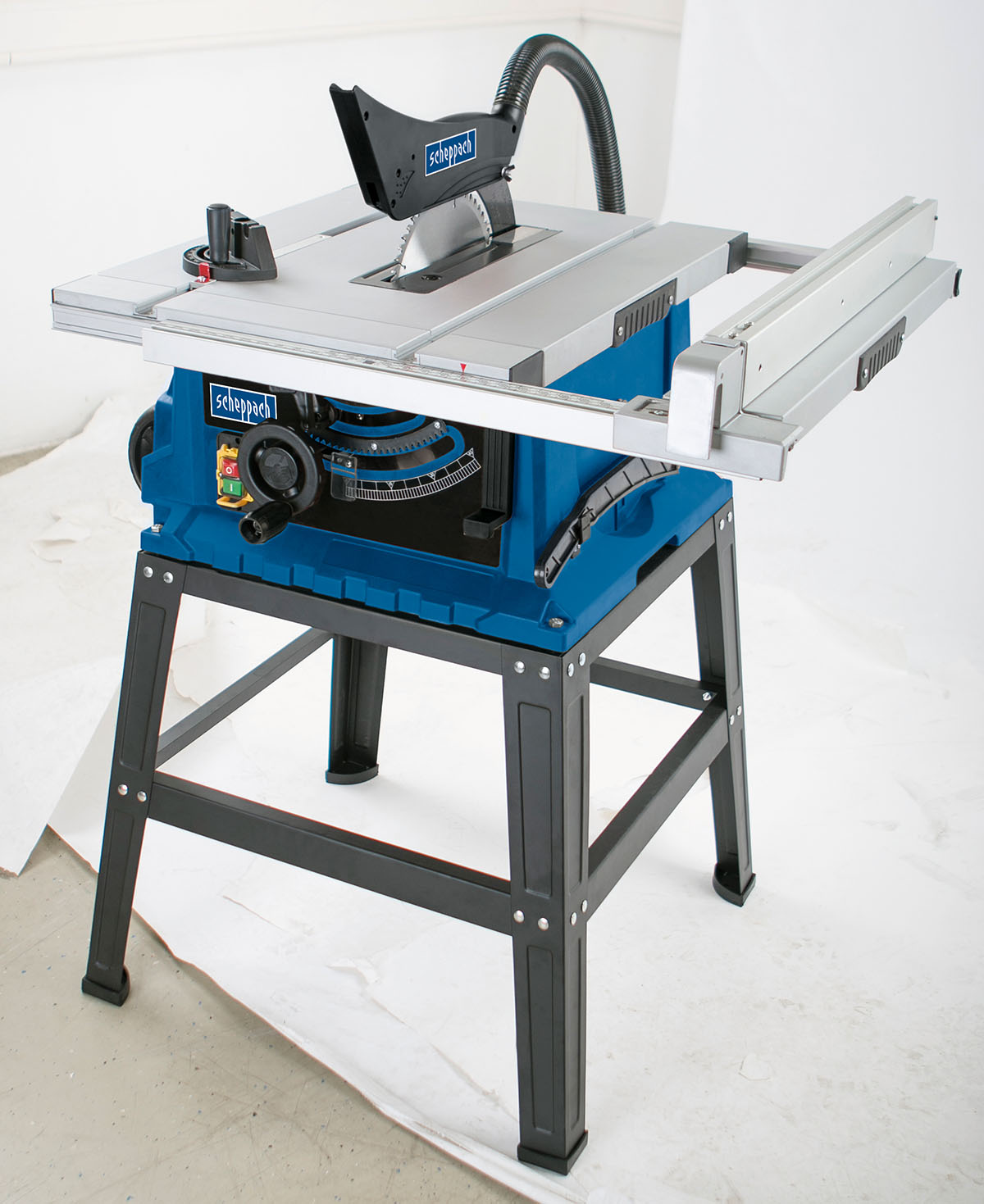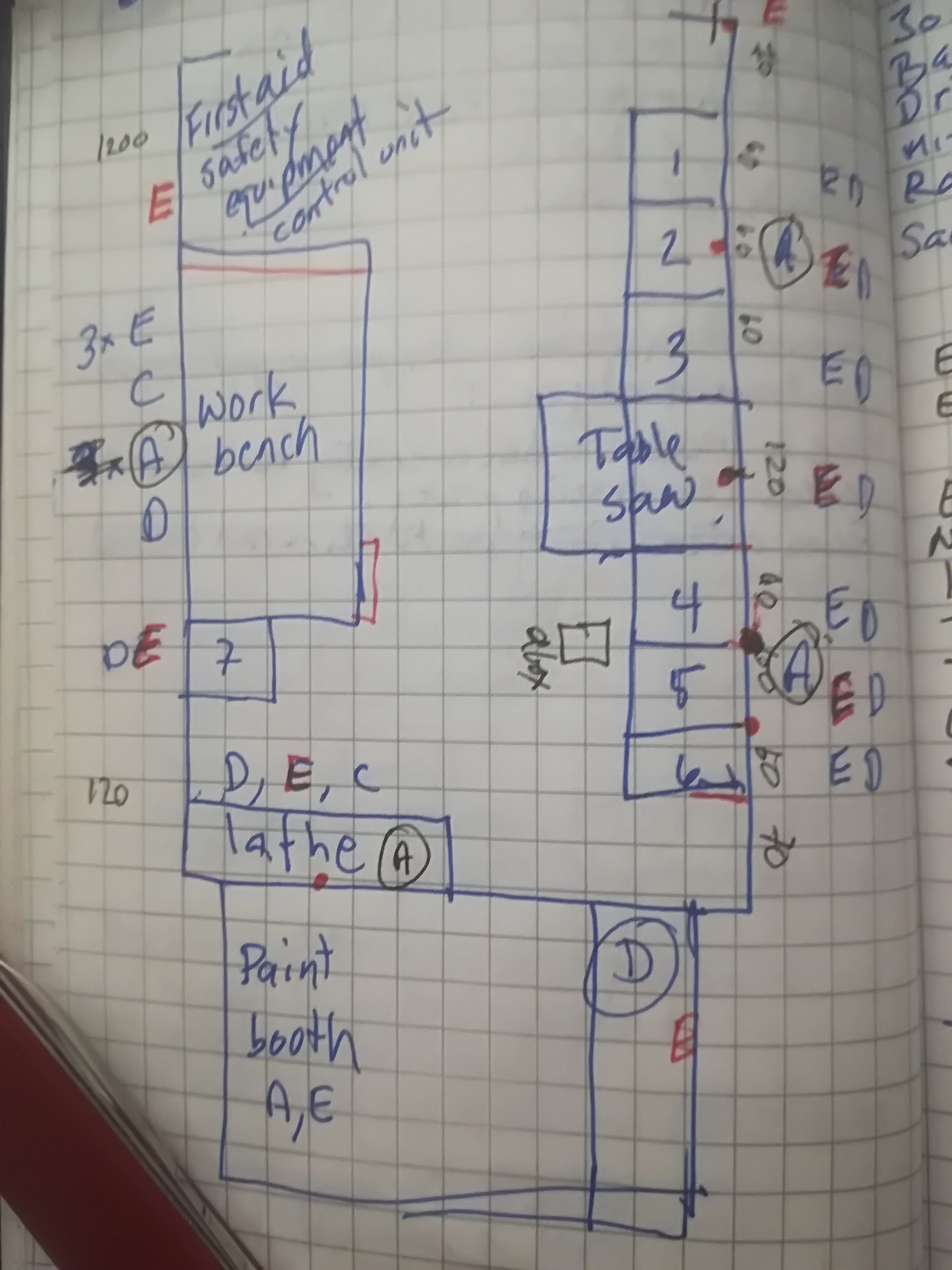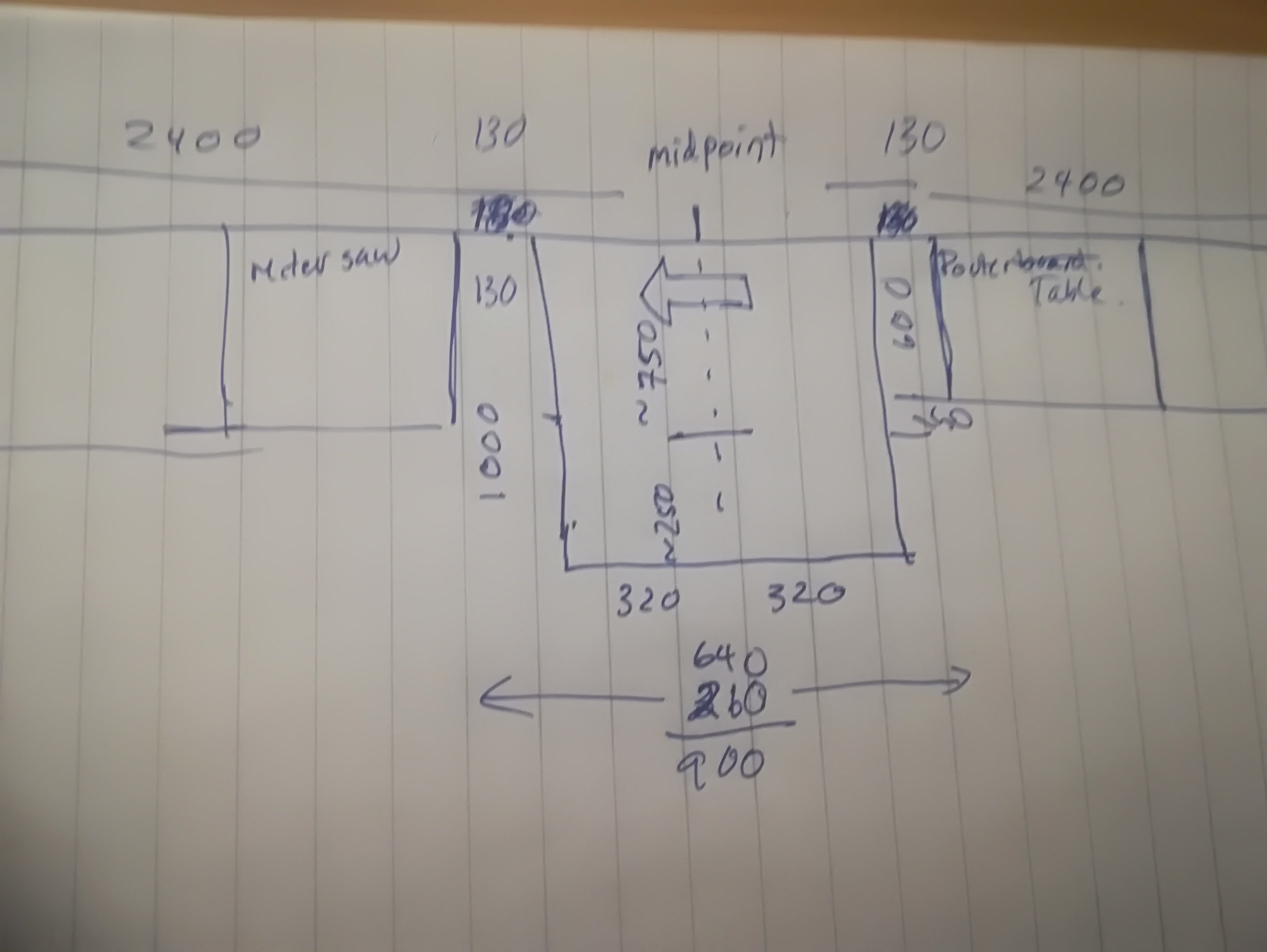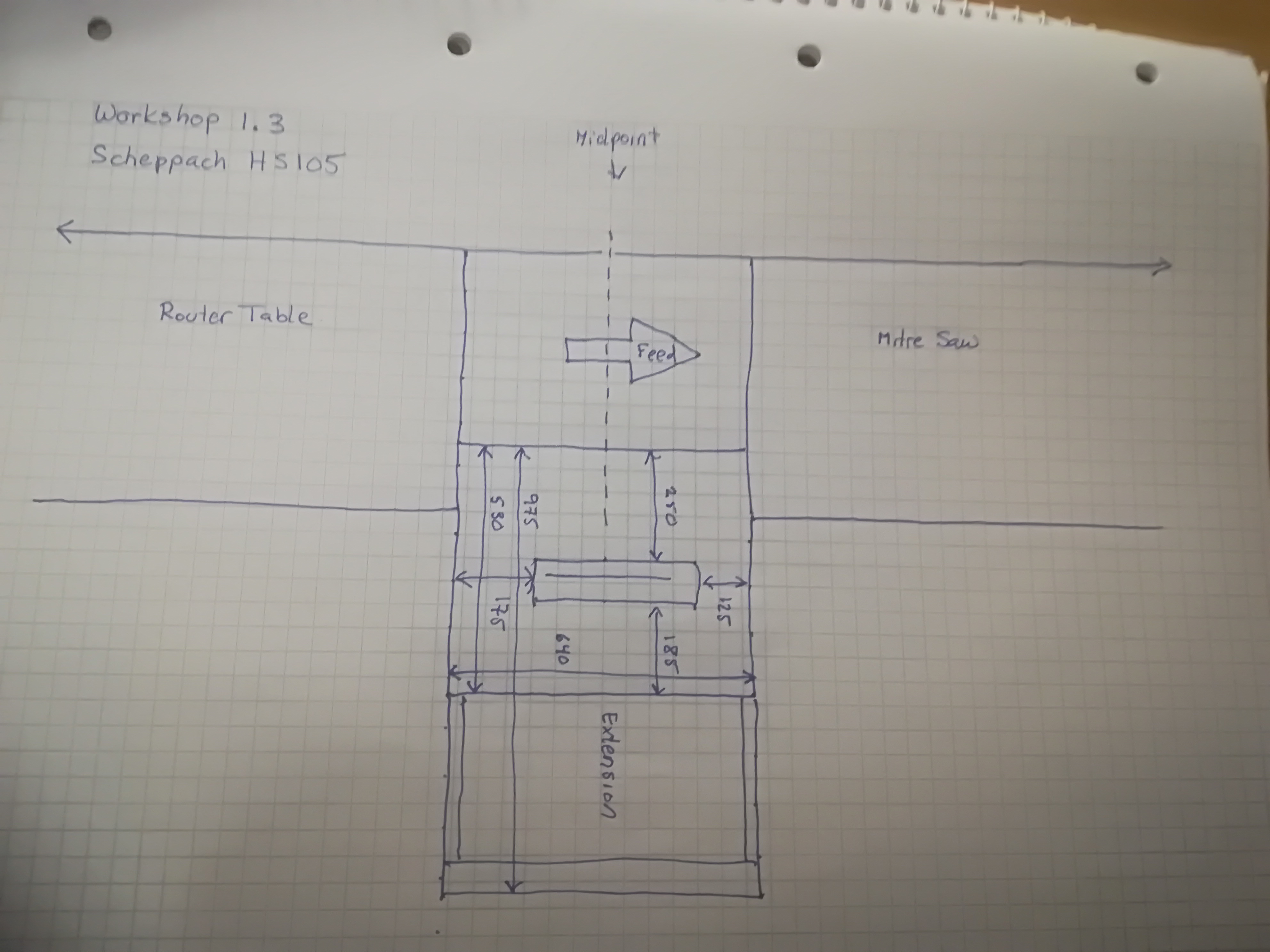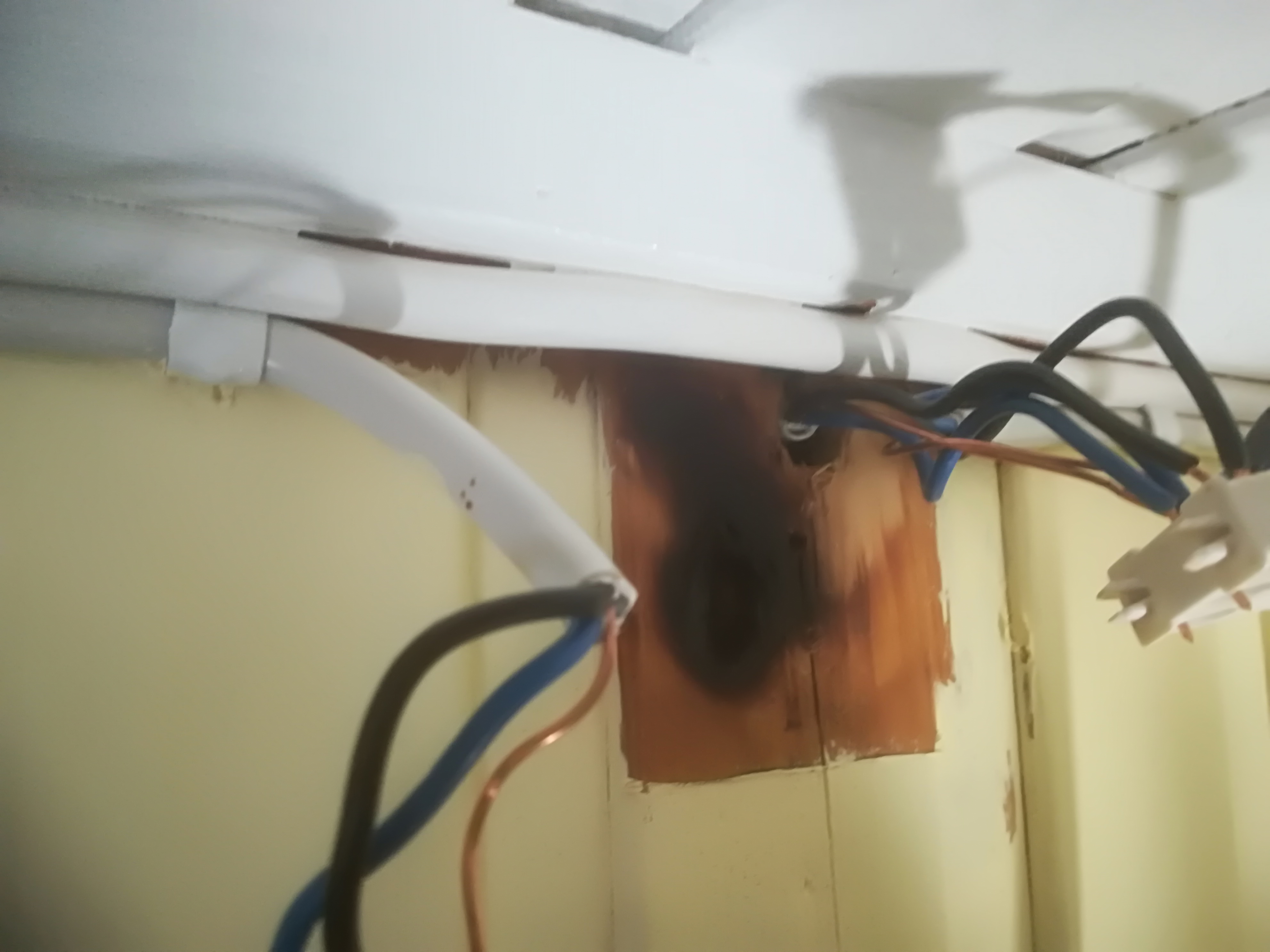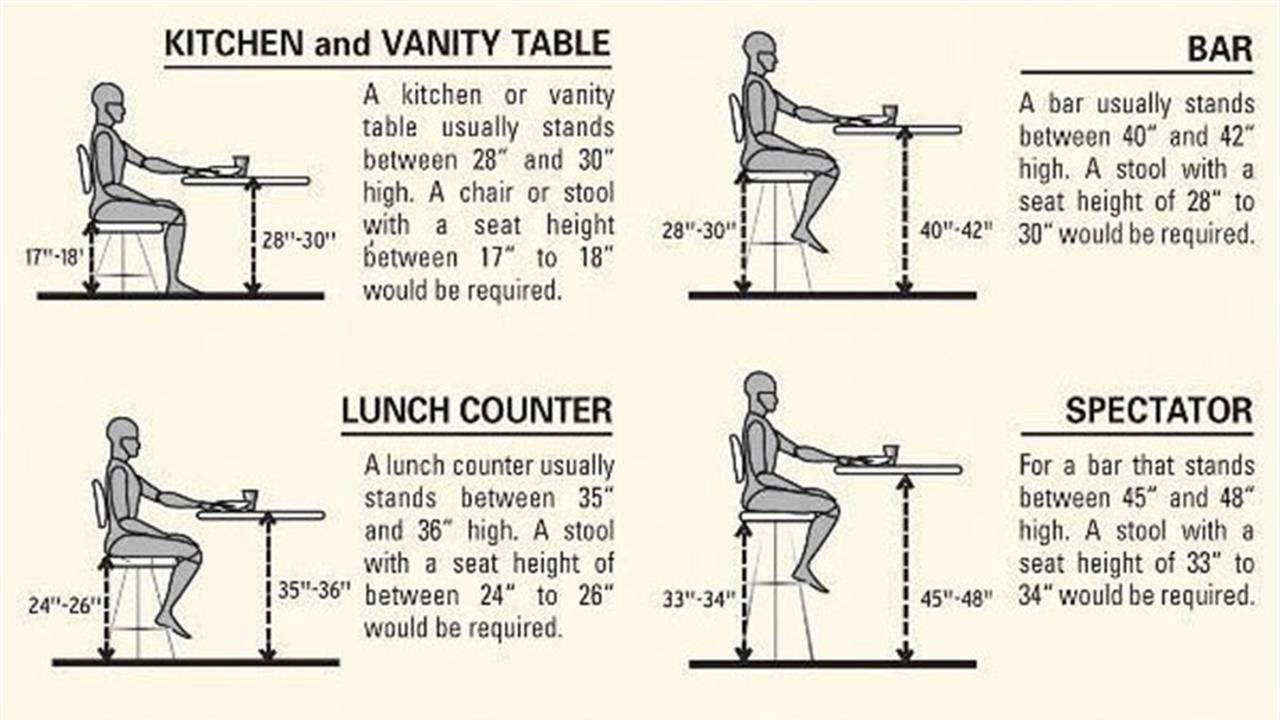“Human beings and the natural world are on a collision course. Human activities inflict harsh and often irreversible damage on the environment and on critical resources. If not checked, many of our current practices put at serious risk the future that we wish for human society and the plant and animal kingdoms, and may so alter the living world that it will be unable to sustain life in the manner that we know. Fundamental changes are urgent if we are to avoid the collision our present course will bring about.” World Scientists’ Warning to Humanity, penned by Henry Kendall, former chair of the Union of Concerned Scientist’s board of directors, November 1992.
An attempt has been made to measure “human demand on nature” resource usage in terms of an ecological footprint, expressed in global hectares per capita. This concept was developed by Mathis Wackernagel and William Rees.
Bluntly stated, when the ecological footprint of a human population exceeds the carrying capacity, the result is overpopulation.
According to Rees, in his 29 minute long video, Warning To the People of Earth, a sustainable per capital ecological footprint is about 2 gha, which is where we find countries like Cuba.
Immoral consumption occurs in countries of the world that have an ecological footprint that significantly exceeds 2 gha.
Obscene consumption occurs in countries of the world that have an ecological footprint that significantly exceeds 2 gha, and have a significant biocapacity deficit.
Here are a five countries with data about them:
| Eco footprint | Biocapacity | Deficit (-) / reserve (+) | |
| USA | 8.22 | 3.76 | – 4.46 |
| Canada | 8.17 | 16.01 | + 7.83 |
| Ireland | 5.57 | 3.73 | – 1.83 |
| Norway | 4.98 | 8.18 | + 3.19 |
| Cuba | 1.95 | 0.76 | – 1.19 |
USA, Canada, Ireland and Norway all have immoral levels of consumption. In addition, USA and Ireland’s consumption levels are obscene. Cuba has an acceptable level of consumption, but even this low level exceeds the country’s biocapacity. It will either have to export a surplus population, or import goods from countries with reserve capacity.
Note: It is not that easy for individuals living in these countries to do something alone. Over consumption is a systemic problem, not an individual one.
Some reference materials
Rees, W. E. (October 1992). “Ecological footprints and appropriated carrying capacity: what urban economics leaves out”. Environment and Urbanisation. 4 (2): 121–130. doi:10.1177/095624789200400212.
Rees, W. E. and M. Wackernagel (1994) Ecological footprints and appropriated carrying capacity: Measuring the natural capital requirements of the human economy, in Jansson, A. et al.. Investing in Natural Capital: The Ecological Economics Approach to Sustainability. Washington D.C.:Island Press. ISBN1-55963-316-6
Wackernagel, M. (1994). Ecological Footprint and Appropriated Carrying Capacity: A Tool for Planning Toward Sustainability (PDF) (PhD thesis). Vancouver, Canada: School of Community and Regional Planning. The University of British Columbia. OCLC 41839429.
Wackernagel, M. and W. Rees. 1996. Our Ecological Footprint: Reducing Human Impact on the Earth. Gabriola Island, BC: New Society Publishers. ISBN 0-86571-312-X.
World Scientists’ Warning to Humanity (November 1992): https://www.ucsusa.org/sites/default/files/attach/2017/11/World%20Scientists%27%20Warning%20to%20Humanity%201992.pdf
To mark the 25th anniversary of this original notice, a second notice has been recently issued 13 November 2017, which intensifies the urgency of the first: https://academic.oup.com/bioscience/article/67/12/1026/4605229


